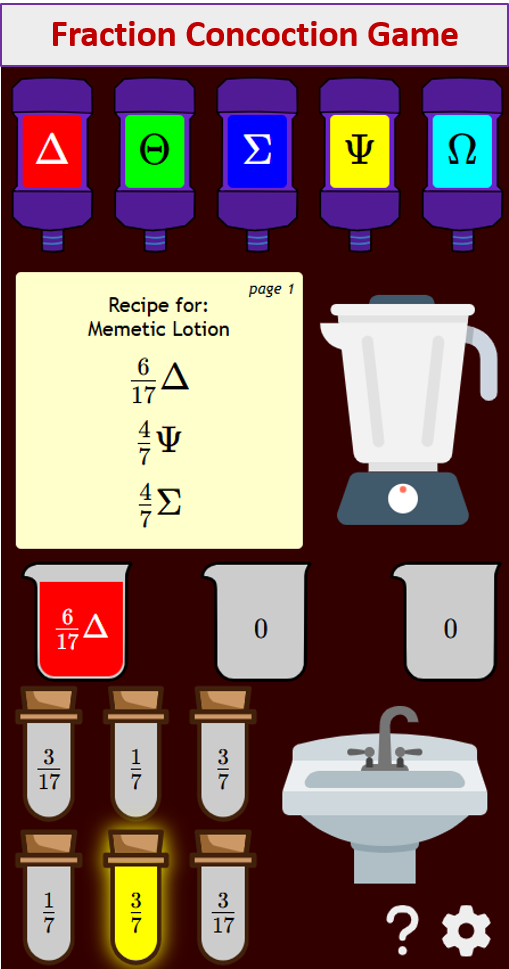Algebraic Expressions - Commutative and Associative Properties
Related Topics:
Lesson Plans and Worksheets for Algebra I
Lesson Plans and Worksheets for all Grades
More Lessons for Algebra I
Common Core For Algebra I
Examples, videos, and solutions to help Algebra I students learn how to use the commutative and associative properties to recognize structure within expressions and to prove equivalence of expressions.
New York State Common Core Math Algebra I, Module 1, Lesson 7
Worksheets for Algebra I, Module 1, Lesson 7 (pdf)
Student Outcomes:
Students use the commutative and associative properties to recognize structure within expressions and to prove equivalency of expressions.
Four Properties of Arithmetic:
The Commutative Property of Addition: If a and b are real numbers, then a + b = b + a.
The Associative Property of Addition: If a, b and c are real numbers, then (a + b) + c = a + (b +c)
The Commutative Property of Multiplication: If a and b are real numbers, then a x b = b x a.
The Associative Property of Multiplication: If a, b and c are real numbers, then (ab)c = a(bc).
Lesson Summary
The Commutative and Associative Properties represent key beliefs about the arithmetic of real numbers. These properties can be applied to algebraic expressions using variables that represent real numbers.
Two algebraic expressions are equivalent if we can convert one expression into the other by repeatedly applying the Commutative, Associative, and Distributive Properties and the properties of rational exponents to components of the first expression.
Try out our new and fun Fraction Concoction Game.
Add and subtract fractions to make exciting fraction concoctions following a recipe. There are four levels of difficulty: Easy, medium, hard and insane. Practice the basics of fraction addition and subtraction or challenge yourself with the insane level.

We welcome your feedback, comments and questions about this site or page. Please submit your feedback or enquiries via our Feedback page.